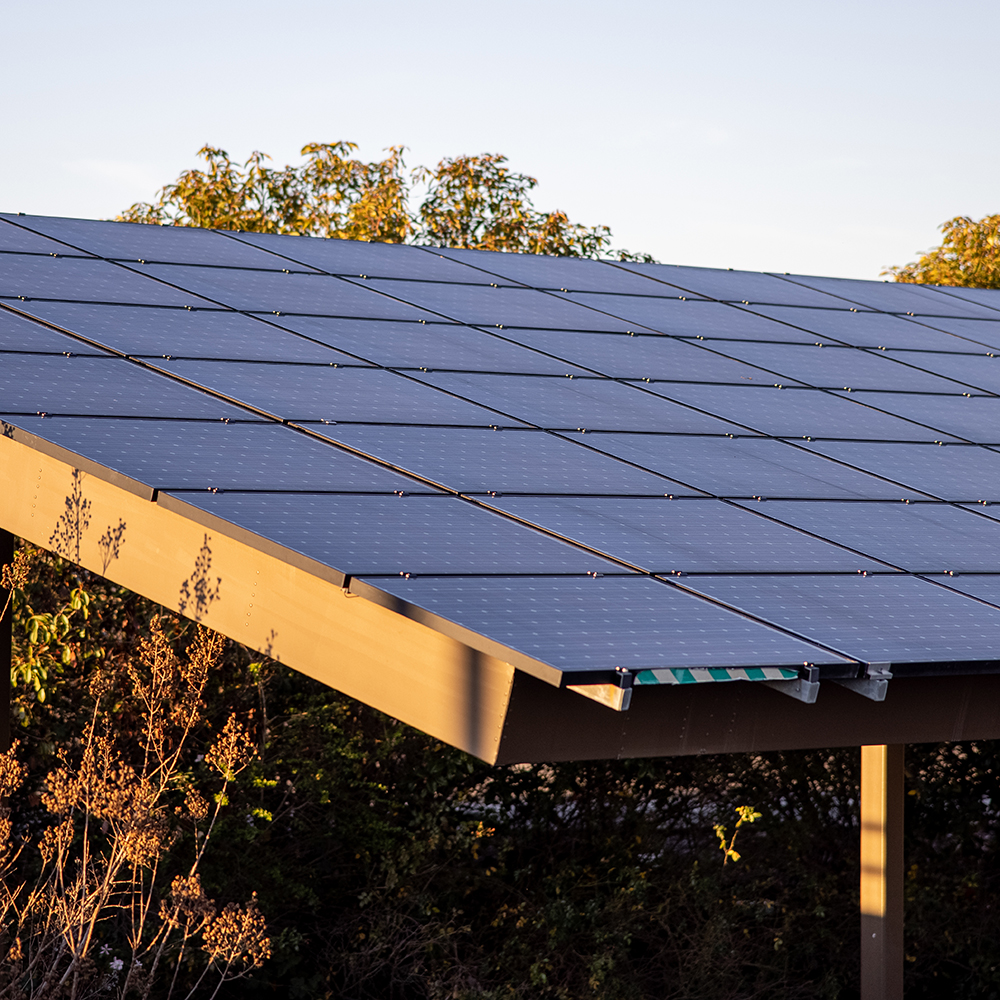The city of Los Angeles has a Department of Water and Power, the largest of its kind in the U.S. From this we are to understand that there is a synergistic connection between the two commodities. Yet one is crowding out the other in California’s race to an all-renewables electrical grid. Why can’t they just work together?
Inside Climate News reported last month that as utility-scale solar farms spread “rapidly across the desert Southwest,” development has hit a snag. The projects “are stressing the region’s already overtaxed groundwater and communities are beginning to push back.”
As solar construction expands, the availability of water contracts, with local wells going dry near Desert Center, “threatening the only water source for hundreds of people and a handful of local businesses,” says Inside Climate News. Solar farms don’t guzzle water for their operations, but construction crews need large volumes of it to control the dust they kick up. According to Inside Climate News, once dust clouds have formed, they “can spread health problems like Valley Fever.”
The Bureau of Land Management knew that “the solar projects could impact local wells and may even be over-drafting the aquifer beneath them,” says Inside Climate News. Apparently the risk of water depletion was the reason behind the policy that requires solar companies to cut the amount of water they’re pulling from the earth when local wells are being drained. Workers can resume pumping only after the wells have been replenished to the point that they’re again useful. If the wells have been damaged, though, the companies have to cover the owners’ costs. Locals, however, “say they have received no help so far.”
Desiccating the California desert is not the only harm caused by solar farm construction. The open space “isn’t quite as empty” as BLM thought it was, says the British Guardian, and while it “might look like a barren wilderness,” it is instead “a rich and fragile habitat for endangered species and home to thousand-year-old carbon-capturing woodlands, ancient Indigenous cultural sites – and hundreds of people’s homes.”
Those residents are not unlike the many in other regions who don’t want solar and wind farms encroaching on their lives. They don’t appreciate the noise, the eyesores, the disruption and destruction of their idyllic communities, the loss of property value, and the threats these projects pose to their health.
Then there’s solar’s carbon dioxide contradiction.
“The desert crust that binds soil – and absorbs carbon dioxide like a sponge – is disturbed when a solar farm is installed,” says Vince Bielski, writing for RealClearInvestigations, compromising the soil’s ability to store CO2. Making room on the desert floor for solar land hogs also leads to the destruction of ancient, carbon-absorbing plants, some of which have roots of more than 100 feet.
The welfare of wildlife, from tortoises to burros to pocket-sized endangered species to birds that dive into solar arrays because they look like water, is a concern, as well.
“We’re trying to solve one environmental problem by creating so many others,” Kevin Emmerich, a retired national park ranger and co-founder of Basin and Range Watch, told the Guardian.
Once again, because his insight is so timeless, we have to mention that the brilliant economist Thomas Sowell told us that there are no solutions, only trade-offs. Sometimes we know only much later if a given trade-off was of benefit to all parties. The future is often hard to predict. But in the case of California’s renewables transition, Sacramento should have known it was making a deal that it can’t keep.
Kerry Jackson is a fellow with the Center for California Reform at the Pacific Research Institute.

